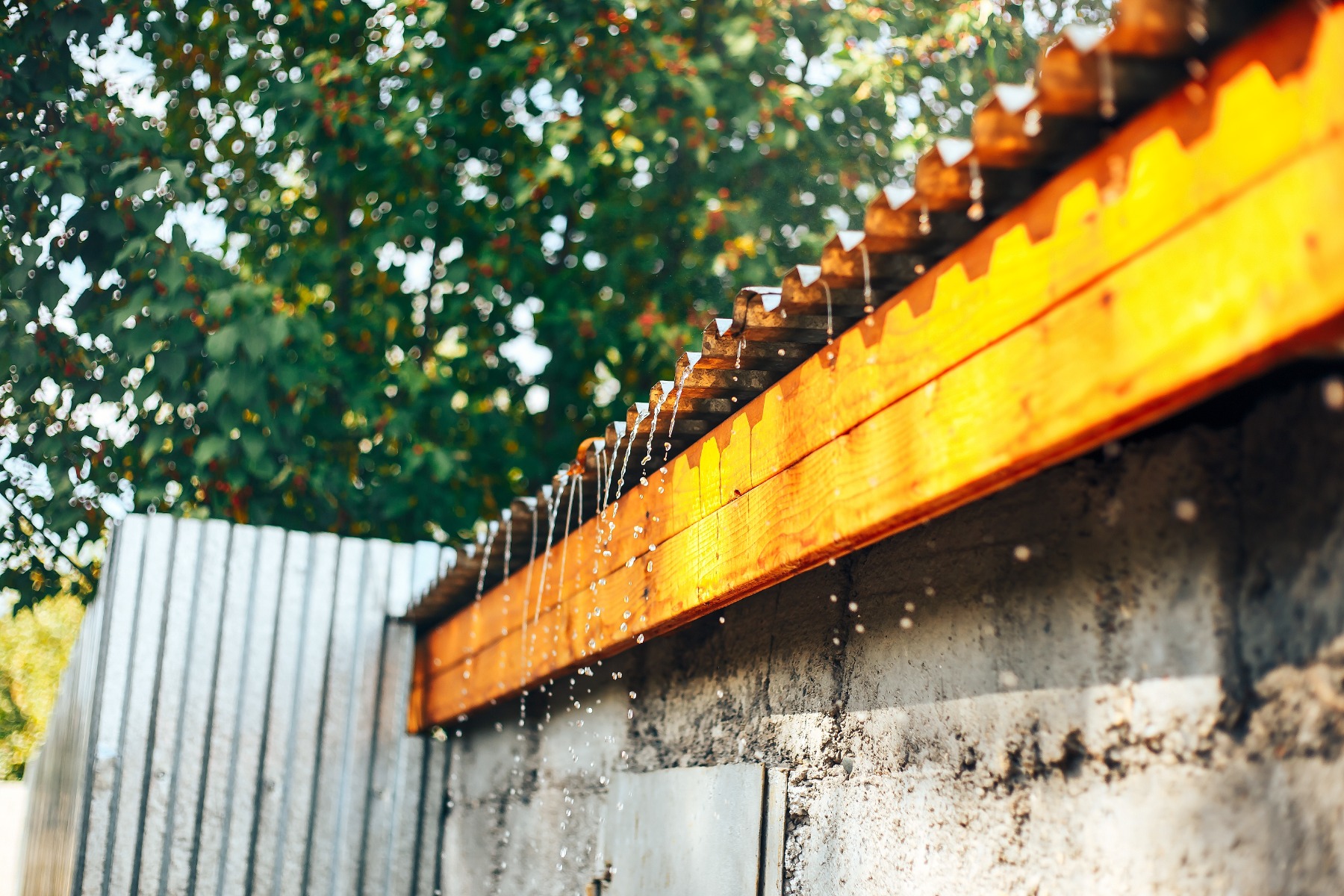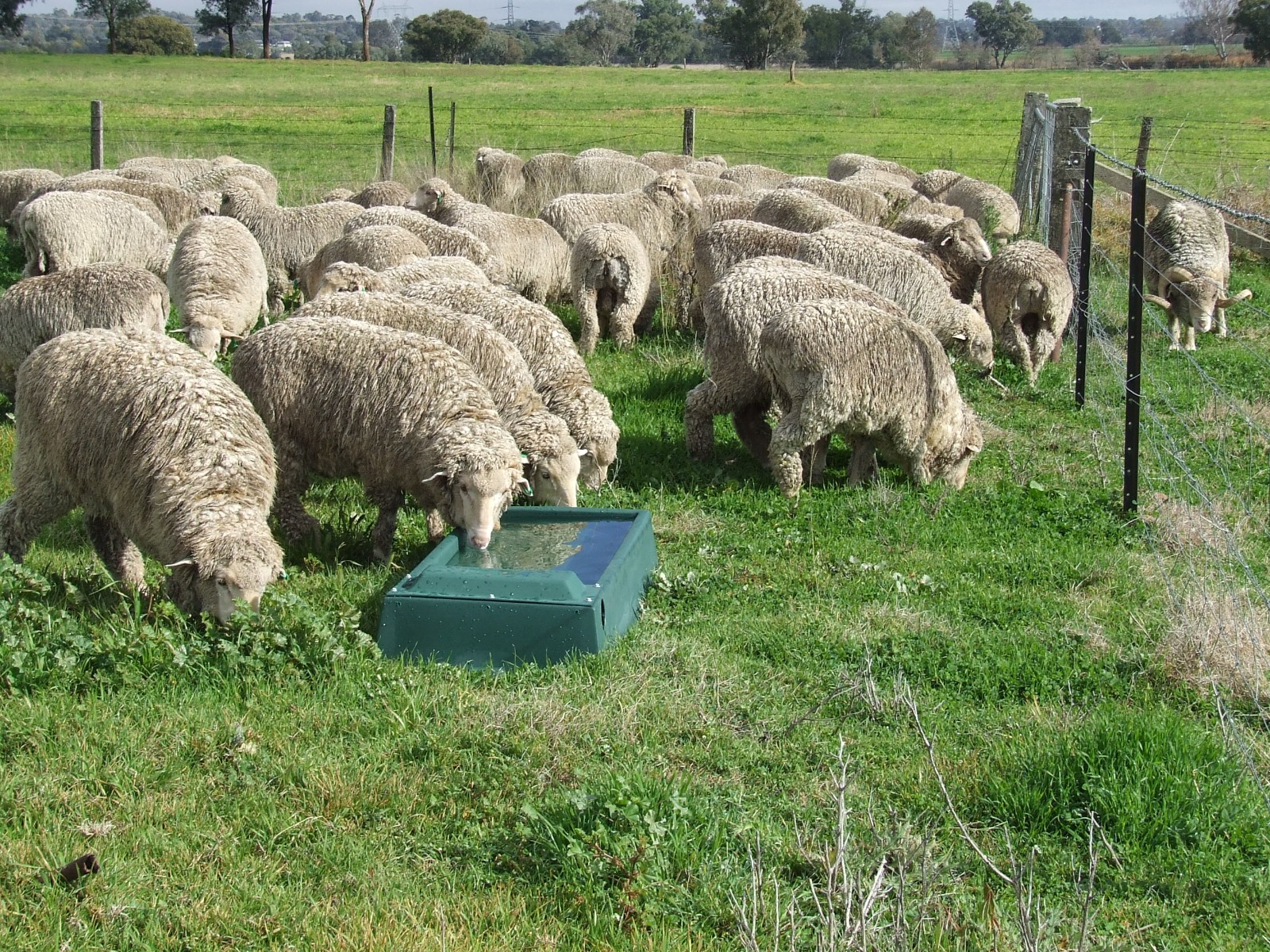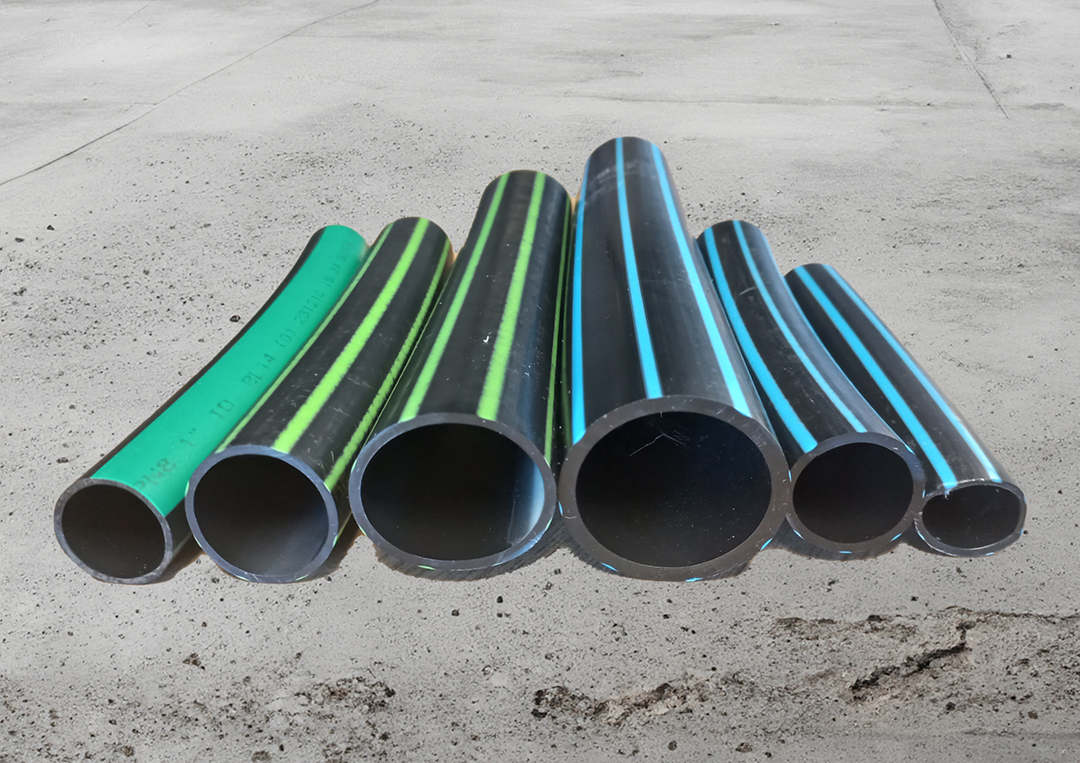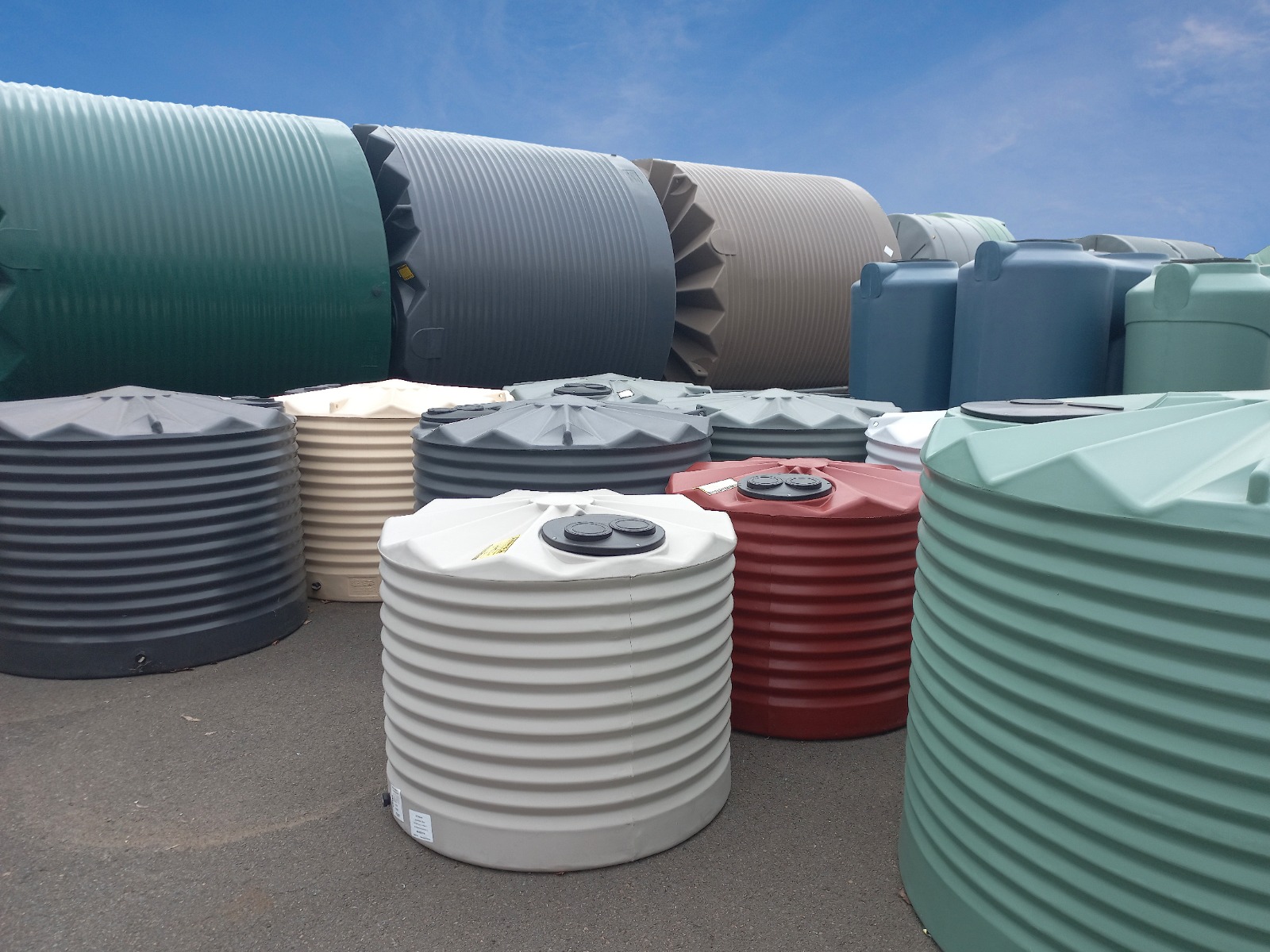The urban landscape across Australia is changing.
Driven by high-rise inner-city apartments and endless subdivisions of standard quarter-acre blocks, one of the most prominent changes relates to population density. Most of us have experienced the frustrations of congestion in our cities, such as traffic jams, crowded streets and finding a parking spot, but there is another area of congestion that might not be so obvious.
In many parts of our towns and cities, the legacy drainage and stormwater systems were not engineered with high density living in mind, and heavy rain events can congest and overwhelm the drainage system.
Rethinking stormwater in the urban environment
Since our stormwater systems were built, our urban environment is increasingly covered by water-resistant surfaces such as asphalt, concrete, brick, stone, and rooftops. In a heavy rain event, these surfaces do not allow water to pass through them and result in an increased volume of stormwater runoff. The aggregate effect of this increased runoff may overwhelm the existing drainage system and increase the potential for flooding that can present a hazard to people or cause significant damage to property.
Rather than cost-prohibitive re-engineering and upgrading of established stormwater systems, local authorities across Australia are looking for a different solution. Many councils now require that new developments do not adversely impact on the performance of the local stormwater drainage system.
This is primarily achieved by the installation of onsite stormwater detention systems to reduce the peak flow of stormwater from the site.
So, what is stormwater detention? In its simplest form, to ‘detain’ is to slow someone or something down and keep them from proceeding. In the context of stormwater, this involves buffering the flow of stormwater from a site and releasing it into the stormwater system in a controlled manner.
The hero of stormwater detention
The hero of the piece is the humble water tank. Using plans to assess the area of impermeable surfaces on a development site, engineers can calculate the run-off from a storm event as required by the council, and a detention tank is specified with sufficient capacity to store – or detain – the likely volume of runoff.
The second part of the system is a small discharge outlet on the tank, often only 10-20mm in diameter. The small bore means that water can only drain out of the tank at a controlled rate without the sudden surge of water that can overwhelm the stormwater system.
It is increasingly common for development applications to include the need for a stormwater detention system. Tanks may be above ground or underground and may be dedicated detention tanks or combine detention capabilities into a normal water tank that can be used to water the garden, wash the car or top-up the pool.
--------
Rapid Plas have been making superb quality rainwater tanks in Tamworth for more than 30 years. Tanks are available in 24 different colours, range from 500L to 32,000L with a selection of shapes and styles, including round, slimline and super-slimline.
Talk to our expert team to find out how Rapid Plas tanks can be used to comply with water detention requirements on your new-build property. Call our team on 1800 816 299 or email sales@rapidplas.com.au with your enquiry.












